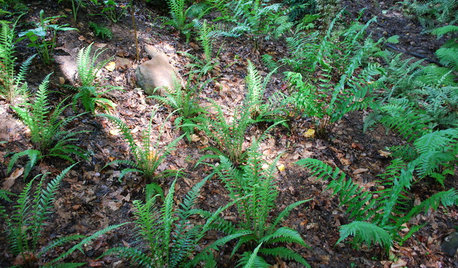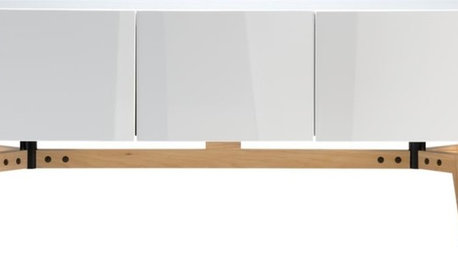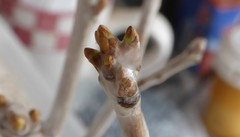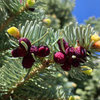Oak/Beech Grafting
gardener365
12 years ago
Featured Answer
Sort by:Oldest
Comments (43)
sluice
12 years agoRelated Professionals
Comstock Park Landscape Architects & Landscape Designers · Clark Landscape Architects & Landscape Designers · Montgomeryville Landscape Architects & Landscape Designers · Rossville Landscape Architects & Landscape Designers · Berwyn Landscape Contractors · Fort Wayne Landscape Contractors · Hilton Head Island Landscape Contractors · Lake Zurich Landscape Contractors · Merced Landscape Contractors · Painesville Landscape Contractors · Saint Paul Landscape Contractors · Setauket-East Setauket Landscape Contractors · Tehachapi Landscape Contractors · Wheat Ridge Landscape Contractors · Irvington Landscape Contractorsabciximab
12 years agogardener365
12 years agogardener365
12 years agoladylotus
12 years agogardener365
12 years agoblue_yew
12 years agogardener365
12 years agoCher
12 years agogardener365
12 years agoalley_cat_gw_7b
12 years agogardener365
12 years agogardener365
12 years agoconiflora
12 years agogardener365
12 years agoSarah80
9 years agogardener365
9 years agoSarah80
9 years agogardener365
9 years agoSarah80
9 years agogardener365
9 years agogardener365
9 years agojoeschmoe80
9 years agogardener365
9 years agojoeschmoe80
9 years agogardener365
9 years agojoeschmoe80
9 years agogardener365
9 years agojoeschmoe80
9 years agojoeschmoe80
9 years agolast modified: 9 years agogardener365
9 years agotaxo_man
9 years agogardener365
9 years agohairmetal4ever
9 years agogardener365
9 years agolast modified: 9 years agojoeschmoe80
9 years agogardener365
9 years agogardener365
9 years agolast modified: 9 years agohairmetal4ever
9 years agogardener365
9 years agohairmetal4ever
9 years agolast modified: 9 years agogardener365
9 years ago
Related Stories

GARDENING GUIDESGreat Design Plant: Phegopteris Decursive-Pinnata
Consider Japanese beech fern for a spreading but noninvasive ground cover for shade
Full Story
PRODUCT PICKSGuest Picks: Light Wood Accents That'll Grow on You
Ditch the darkness with modern accessories and furniture in ash, birch and light oak
Full Story
KITCHEN DESIGNKitchen of the Week: Traditional Shaker Kitchen in a London Townhouse
Personalized features, solid oak cabinet frames and a custom ladder system make for an elegant and highly efficient space
Full Story
TRIMShutter Cutouts: A Window to One's Soul?
To settle on the perfect shape for this simple detail, follow your heart — or diamond, or maple leaf
Full Story
LANDSCAPE DESIGNThe Unparalleled Power of Trees
Discover the beauty and magic of trees, and why a landscape without them just isn't the same
Full Story
Designer Sketch: Josh McCullar
Ancient ruins, modern lines and back roads inspire a Virginia designer. See what's on his drawing board now
Full Story
LANDSCAPE DESIGNPretty Trees for Patios, Paths and Other Tight Spots
Choose trees for their size, shape and rate of growth — or shape them to fit your space. Here's how to get started
Full Story
GARDENING GUIDESTree Care: Common Tree Diseases and What to Do About Them
Learn to recognize trees that may be affected by diseases or pests so you can quickly take action
Full Story
KITCHEN DESIGNKitchen of the Week: A Budget Makeover in Massachusetts
For less than $3,000 (not including appliances), a designing couple gets a new kitchen that honors the past
Full Story
KITCHEN COUNTERTOPS10 Countertop Mashups for the Kitchen
Contrast or complement textures, tones and more by using a mix of materials for countertops and island tops
Full StoryMore Discussions

















gardener365Original Author